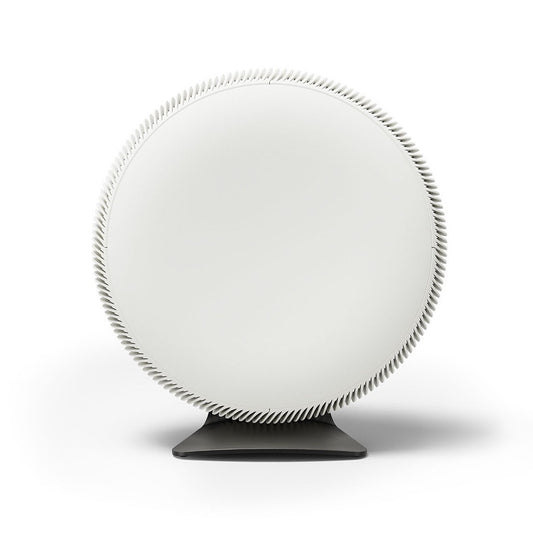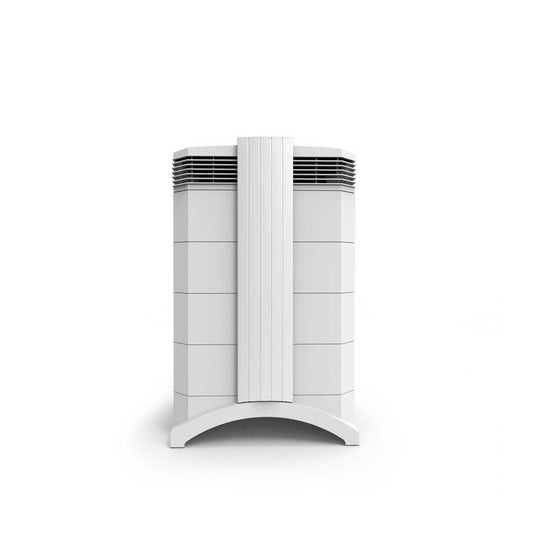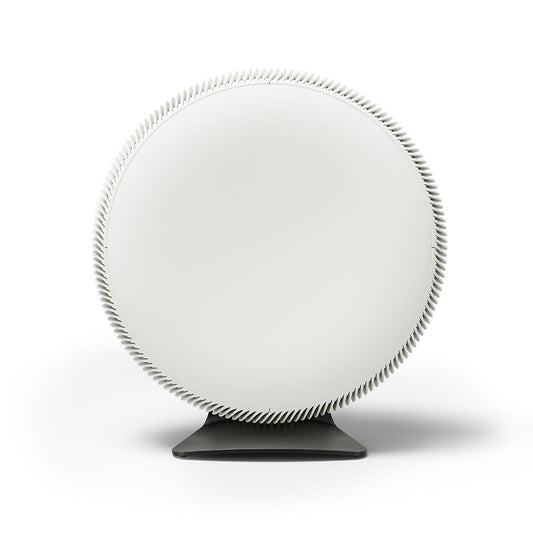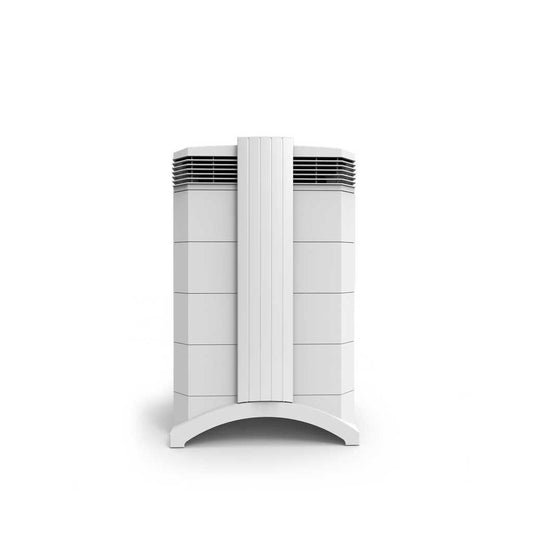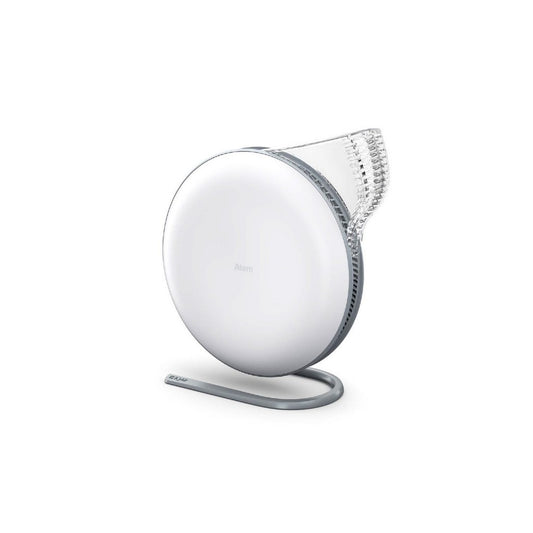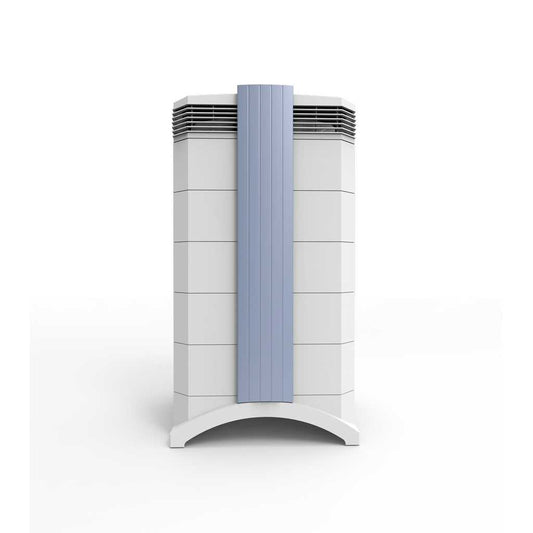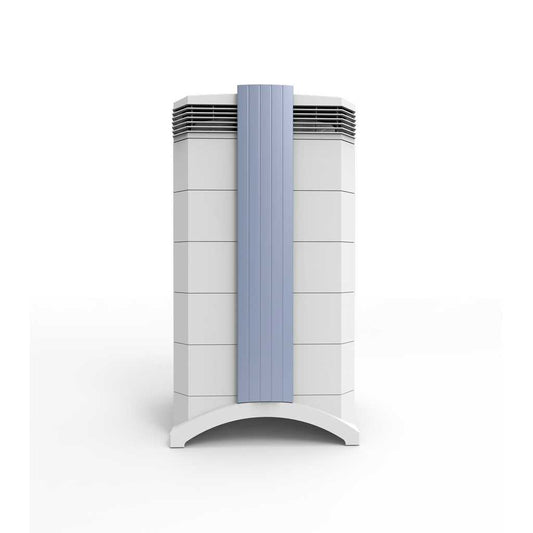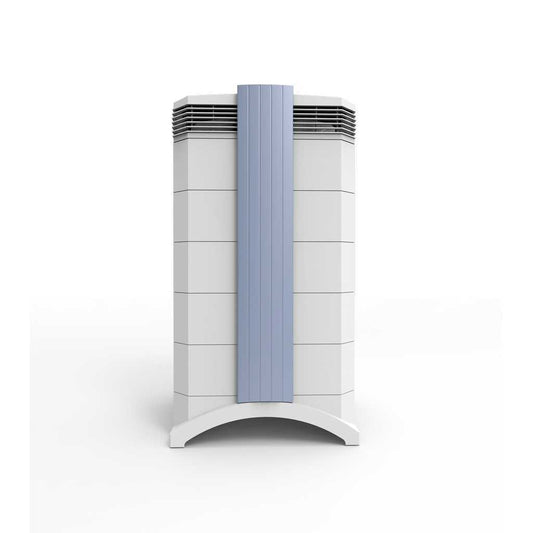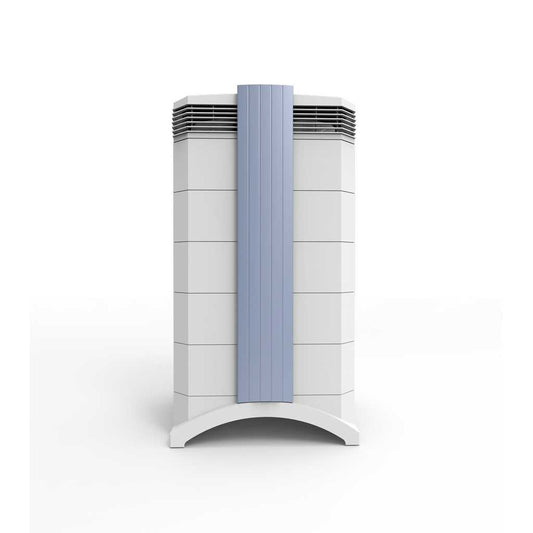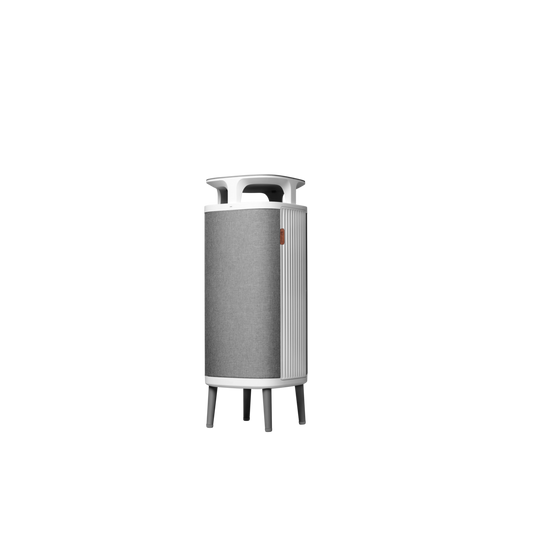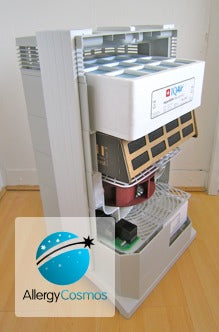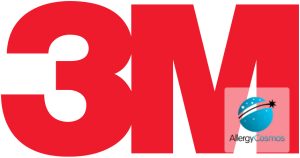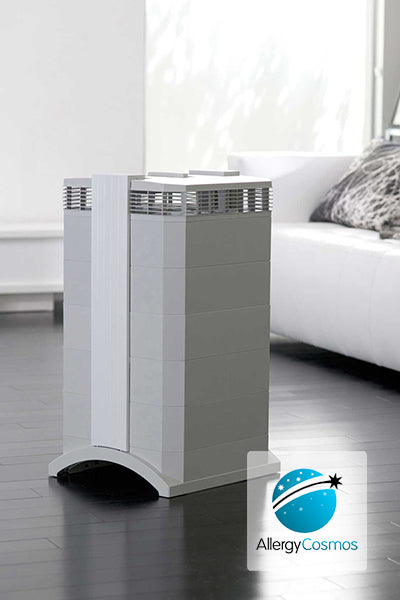
Air Purifiers
Finding the right air purifier can be difficult and confusing. There are hundreds of different models, and most manufacturers claim that their air purifier offers a new, unique and revolutionary technology, most of which is just marketing.
There are, however, some air purifiers that achieve fantastic results. These are endorsed by opinion leaders, and used in leading hospitals, research facilities & government buildings around the world.
Frequently Asked Questions
What is an air purifier?
What types of air purifier are there, and how do they work?
Which air purifiers will remove particle pollution?
Which will remove smoke and chemical pollution?
What evidence is there that they can benefit health?
What is an air washing air purifier?
What are ozone air purifiers?
Related Products
-
IQAir HealthPro 250 Air Purifier
Regular price £1,049.00Regular priceUnit price per -
IQAir Atem X CF Air Purifier
Regular price £1,479.00Regular priceUnit price per -
IQAir HealthPro 150 Air Purifier
Regular price £929.00Regular priceUnit price per -
IQAir Atem X Air Purifier
Regular price £1,349.00Regular priceUnit price per -
IQAir HealthPro 100 Air Purifier
Regular price £899.00Regular priceUnit price per -
IQAir Atem Desk
Regular price £399.00Regular priceUnit price per -
IQAir Atem Car Air Purifier
Regular price £399.00Regular priceUnit price per -
IQAir GC MultiGas Air Purifier
Regular price £1,399.00Regular priceUnit price per -
IQAir GC AM Air Purifier
Regular price £1,449.00Regular priceUnit price per -
IQAir GC ChemiSorber Air Purifier
Regular price £1,449.00Regular priceUnit price per -
IQAir GC VOC Air Purifier
Regular price £1,399.00Regular priceUnit price per -
Blueair DustMagnet 5240i Air Purifier
Regular price £339.00Regular priceUnit price per


